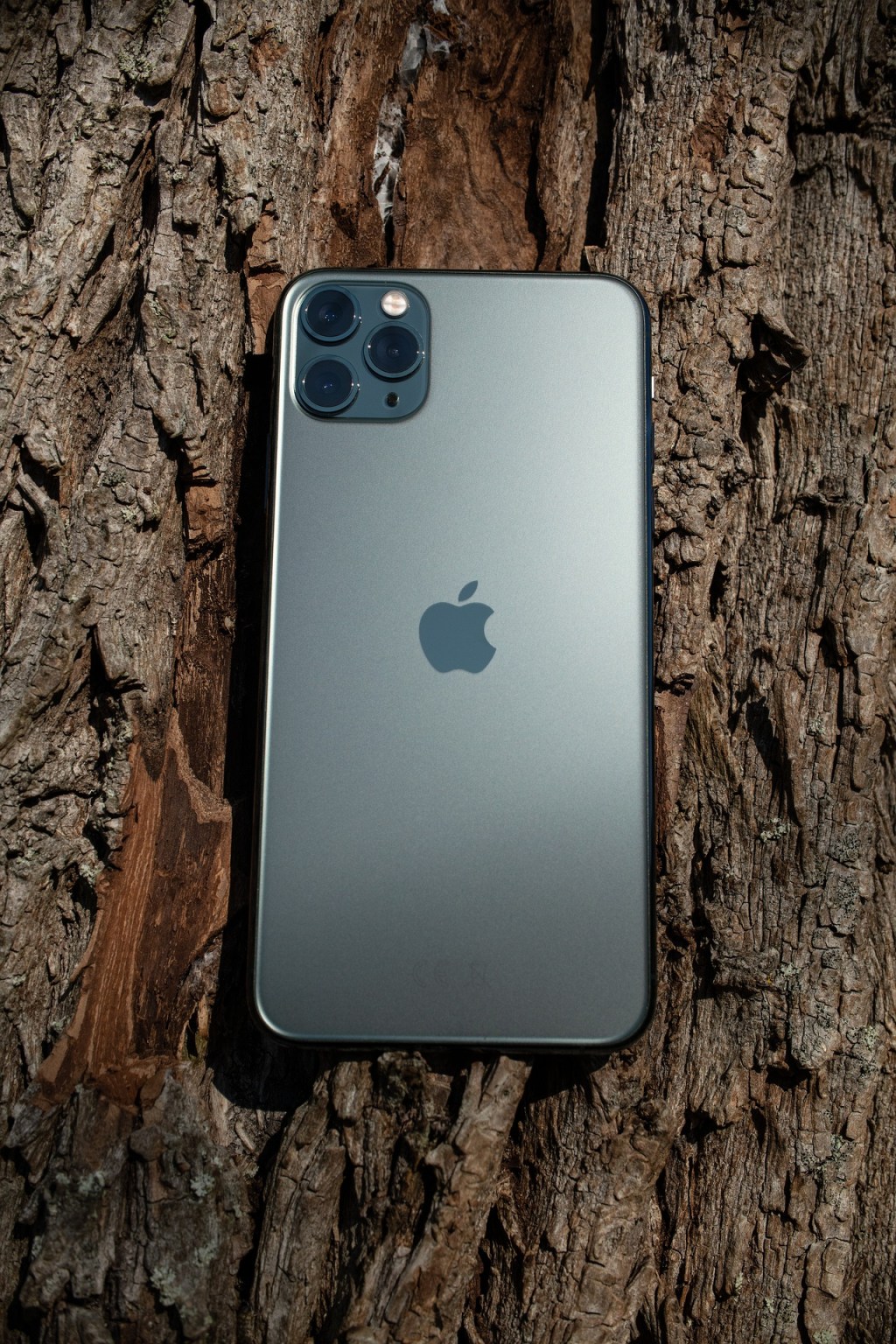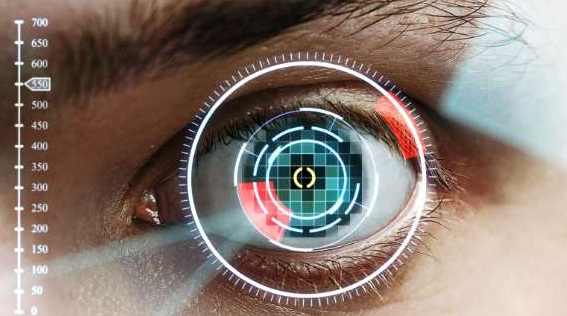iPhone 12
Next Expectations
The annual release of a new iPhone is a big deal for Apple tech lovers. Although the company doesn’t really release advance leaks about their new editions, there are always rumors of anticipated new features. Apple should launch its new set of phones in the month of September as usual, but the coronavirus outbreak could […]



